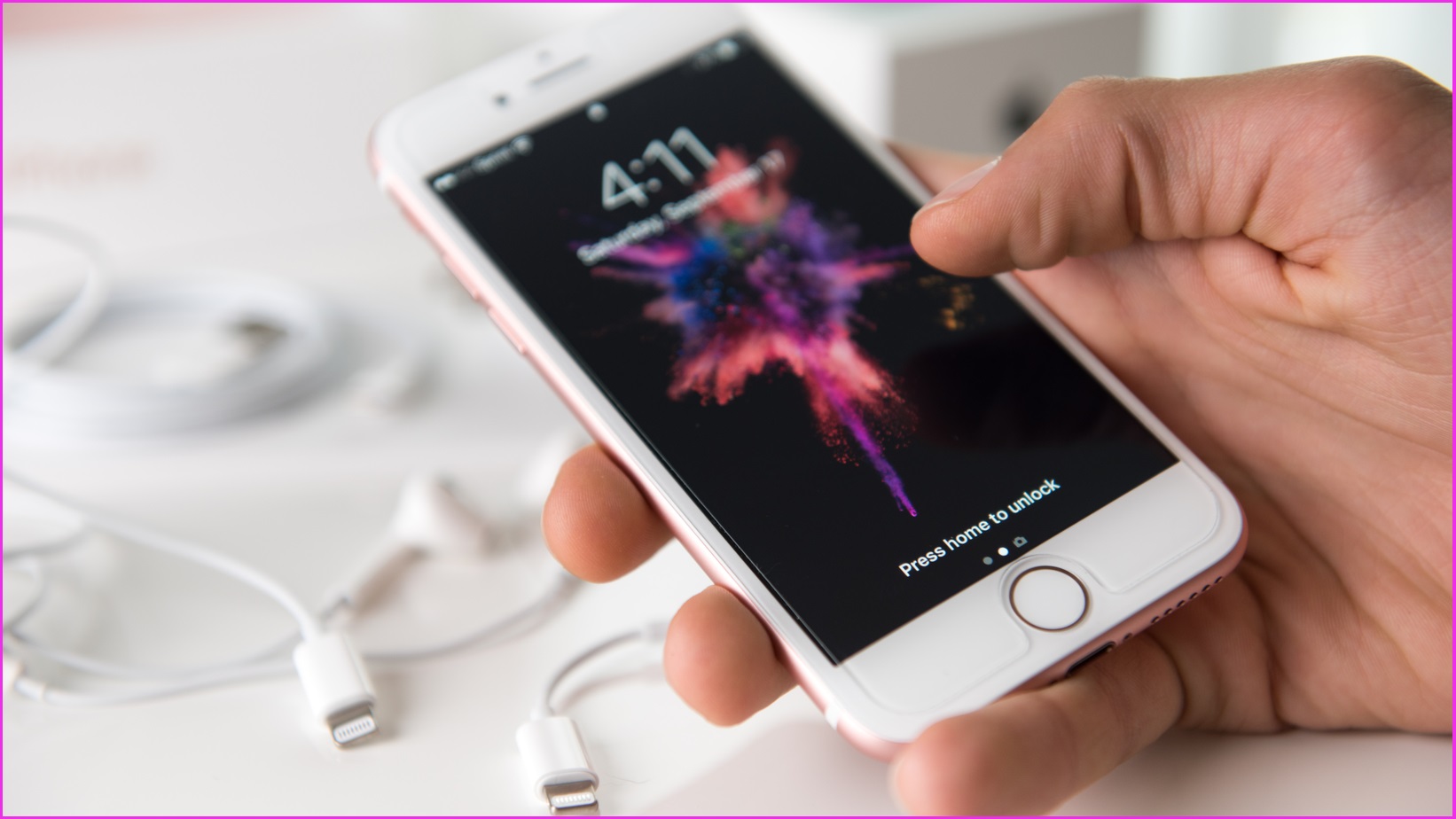Authorities are investigating Apple’s iPhone 7 after a study found the smartphone produces radiation over the legal limit and more than twice what the company reported to the regulator.
The lab tests, conducted by RF Exposure Lab and commissioned by the Chicago Tribune, investigated the amount of radio-frequency energy produced by a range of smartphones, and were run according to US federal guidelines.
Under the testing, the iPhone 7 “measured over the legal safety limit and more than double what Apple reported to federal regulators from its own testing”, the Tribune reported.
Following the report, the Federal Communications Commission announced that it would be conducting its own inquiry into the issue.
“We take seriously any claims of non-compliance with the RF exposure standards and will be obtaining and testing the subject phones for compliance with FCC rules,” an FFC spokesperson said.
Apple has hit back at the reports, claiming the tests were “inaccurate due to the test setup not being in accordance with procedures necessary to properly assess the iPhone models” and that the phone complies with all the necessary regulations.
“All iPhone models are fully certified by the FCC and in every other country where the iPhone is sold,” an Apple spokesperson said.
“After careful review and subsequent validation of all iPhone models testing in the report, we confirmed we are in compliance and meet all applicable exposure guidelines and limits.”
Under the Federal Communications Commission rules, any phone sold in the US will “never exceed” the maximum allowable exposure limit.
The testing process involves a sample phone being measured to ensure it complies with the exposure standard for radio-frequency radiation.
If the one sample phone meets the requirements, then that model is allowed to be sold to the public.
The same testing also found the iPhone 8 to initially be over the legal exposure limit, but was below it when it was re-tested in different conditions.
Three Samsung smartphones were also tested and found to be below the safety limit.
The FCC specifications are also out of date, requiring the phone to be located 25mm from the body when the test is conducted. This is based on the phone being carried on a belt clip, rather than in the pocket as is common now.
The Chicago Tribune testing was conducted based on the 25mm measurement, and involved the smartphone being set to operate at full power, secured below a tub of liquid that had been made to simulate human tissue.
A robotic arm then sent a probe into the tub and for the next 18 minutes measured the amount of radio-frequency radiation the liquid was absorbing from the phone.
The same lab also conducted the same tests but with the phone only 2mm from the simulated body. This resulted in most of the models testing above the legal exposure limit.
“Under those conditions, most of the models tested yielded results that were over the exposure limit, sometimes far exceeding it,” the Chicago Tribune reported.
“At 2 millimeters, the result from a Samsung Galaxy S8 were more than five times the standard.”
A Samsung spokesperson said that all of the company’s devices sold in the US “comply with FCC regulations” and that they are tested “according to the same test protocols that are used across the industry”.
The health risks associated with radio-frequency energy are still up for debate, but the effectiveness of the regulator in ensuring the tech giants’ are complying with rules transparently was also called into question by the reports.
“The Tribune’s testing, though limited, represents one of the most comprehensive independent investigations of its kind, and the results raise questions about whether cellphones always meet safety standards set up to protect the public,” the report stated.










